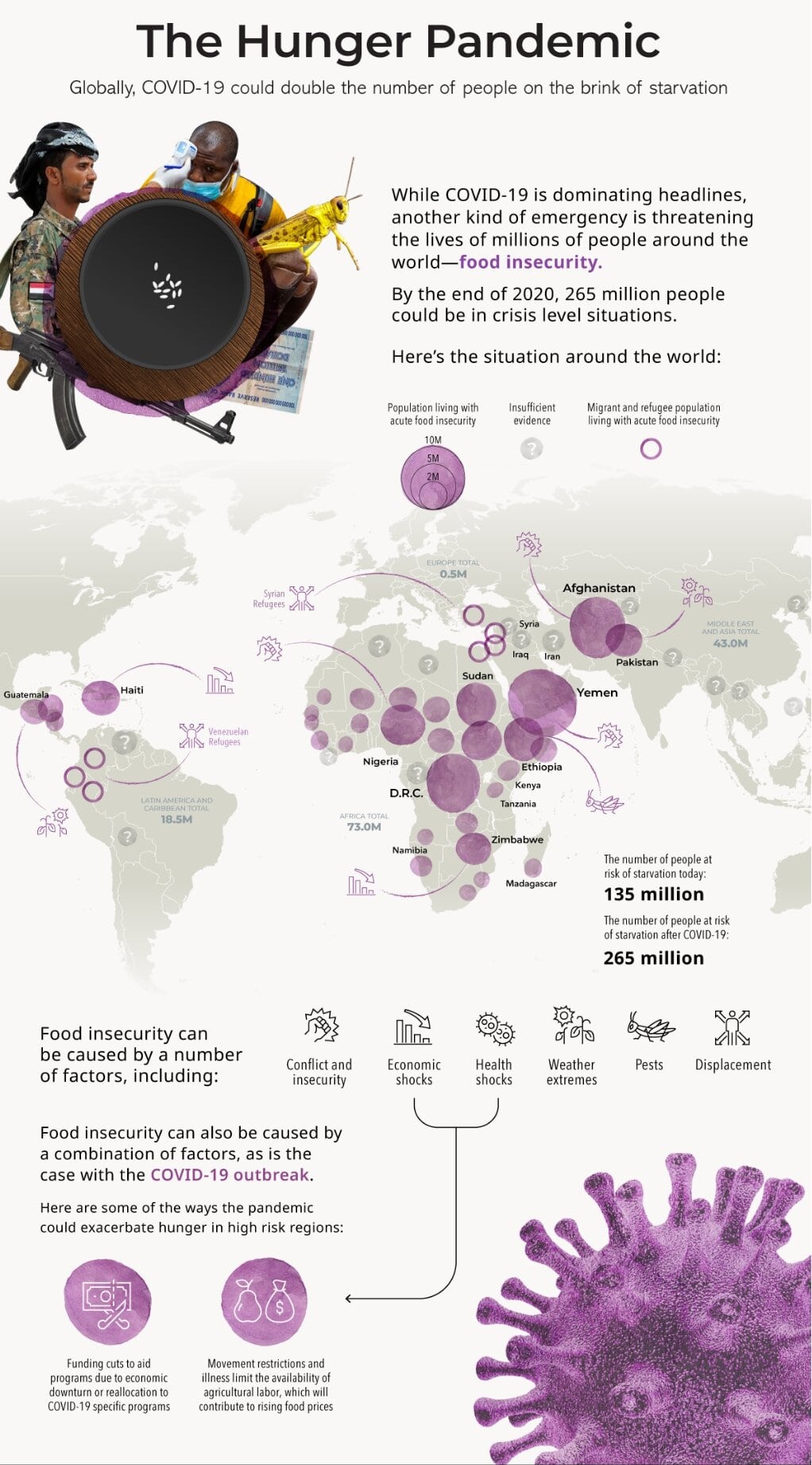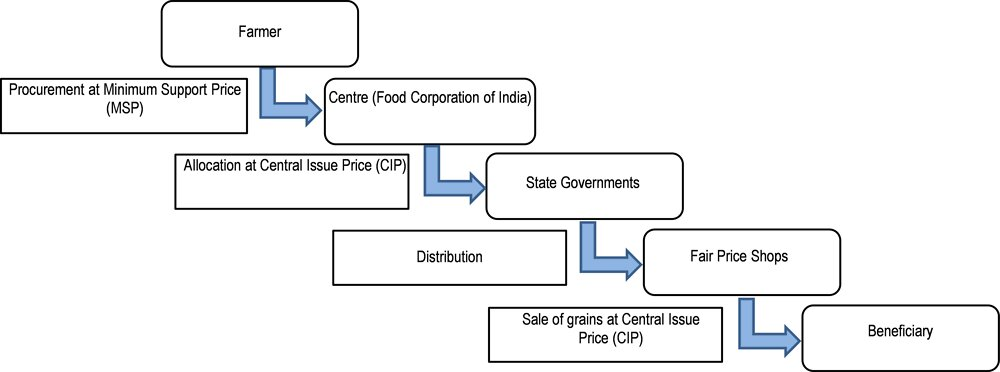Nutrition and Pandemic | 24 Nov 2020
The given article is based upon Hunger, nutrition are worse than before lockdown, published in ‘The Indian Express’ on 23 November, 2020. It talks about the poor conditions of hunger and nutrition amid the Covid-19 crisis and evaluates the universalisation of Public Distribution System (PDS) in meeting up these challenges.
While India was already battling with hunger and malnutrition and trying to overcome it, the Covid-19 outbreak led to nationwide months long lockdown only to worsen the condition; disproportionately impacting the poor and informal sector workers specially.
To fight the pandemic, the Government of India (GoI) announced several relief packages under the Pradhan Mantri Gareeb Kalyan Yojana (PMGKY) and Atmanirbhar Bharat.
Under PMGKY, each person who is covered under the National Food Security Act would get an additional ration for free, in addition to already subsidised foodgrain provided through the Public Distribution System (PDS). But any announcement regarding the continued supply of free grains under the scheme is yet to be made.
In this context, universalisation of PDS can be the way forward in this situation in providing nutrition to more people ensuring a lesser number of empty stomachs going to sleep.
Hunger and Pandemic
- Although there is an improvement in the current situation, it is much worse as compared to what it was before the lockdown; widespread hunger continues even now, irrespective of the income levels.
- Out of those people who didn’t have any source of income during the peak of lockdown, 87% continue to have no income.
- Due to reduced income and food unavailability, food security of the people, esp poor and marginal, is affected.
- Based on the 2011 National Sample Survey, a recent paper published in the Food Policy showed that between 63 and 76 per cent of rural Indians could not afford nutritious diets.
The Public Distribution System (PDS)
The Public Distribution System (PDS) is an Indian food Security System established under the Ministry of Consumer Affairs, Food, and Public Distribution responsible for managing the food scarcity through distribution of food grains at affordable prices.
Issues With the Current System of PDS
- Old Demographic Database: A key issue here is that the population database used to determine the number of people who are entitled to the PDS is the Census of 2011- data that is nine years old.
- India’s demographics have changed a lot since then and as per the Census projection from 2011, the population is supposed to be 1.35 billion in 2020.
- Undercoverage: Undercoverage means that state governments are reluctant to issue fresh ration cards as they have already expired their quotas, which have remained frozen since the NFSA was put in force. For instance, Jharkhand stopped issuing new ration cards several years ago.
- Inclusion and Exclusion Errors: It refers to inaccurate identification of households. Experts studies show that PDS suffers from nearly 61% error of exclusion and 25% error of inclusion of beneficiaries; misclassification of the poor as non-poor and vice-versa.
- The Inefficient Delivery System: Another challenge is the leakage of food grains during transportation to the ration shop and from the ration shop itself into the open market.
The National Food Security Act (NFSA), 2013, legally entitled up to 75% of the rural population and 50% of the urban population to receive subsidized food grains under the Targeted Public Distribution System.
- The eldest woman of the household of age 18 years or above is mandated to be the head of the household for the purpose of issuing ration cards under the Act.
Way Forward
- Universalisation of PDS: Not considering just a percentage but the whole population a beneficiary under PDS will provide access to food to more people.
- Universalisation is also a step to avoid Undercoverage, Inclusion and Exclusion Errors and in preventing the leakage in the delivery system, for all the problems are related to including only a section of society under the scheme.
- Temporary Ration Cards: Issuing temporary ration cards for a particular period of time with minimal checks to everyone who wants one and is willing to stand in line to collect their card and their monthly allocations.
- Community Kitchens: In addition to universalising PDS, the government needs to ensure that community kitchens are set up and function in urban areas for there are hungry people who are unable to cook for a variety of reasons.
- The government should ensure cooked food to address the needs of migrant, unorganised sector workers, and the homeless and destitute populations.
- Effective Implementation of Meal Programmes: Some studies revealed that only less than half the anganwadi children (47%) and about two-third (63%) of school children were getting some sort of dry rations and/or cash support.
- One Nation One Ration Card scheme (ONORC): The ONORC scheme enables the beneficiaries to avail their subsidised foodgrains from any part of the country, thus facilitating the universalisation of the PDS.
- Implementing the recommendation of the Shanta kumar committee for reforms in the public distribution system can be a good step in the efficient functioning of PDS.
Conclusion
- The economic revival of India will take some time and support is required during this period to prevent starvation. There is no better time to universalise PDS.
- In addition, to resuscitate demand, Mahatma Gandhi National Rural Employment Guarantee Act, 2005 (MGNREGA) needs to be strengthened along with an urban employment programme.
|
Drishti Mains Question Universalisation of the public distribution system can be the way forward in increasing food security in India. Critically analyse. |
This editorial is based on Pressure and punishment which was published in The Hindu on November 23rd, 2020. Now watch this on our Youtube channel.


